Attending a Ganga Aarti: how to worship the Ganges River in Haridwar
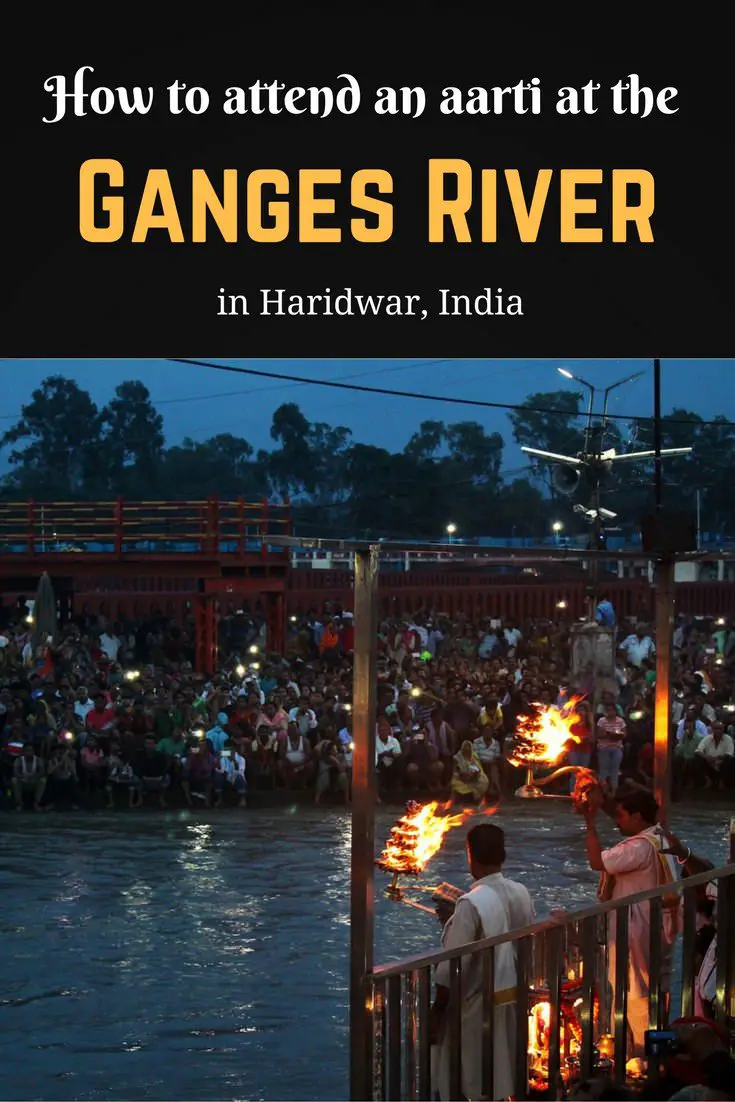
Then again, everything was close; in a country of 1.3 billion people, space is a luxury. Despite having found myself a raised platform from which to view the ceremony, I had my back pressed against the wall of Shi Sringeri Math Temple as I made room for other participants searching for a berth on the ghat. As night fell on the city of Haridwar, the first boats laden with candles and flowers began floating down the Ganges.
The Ganga Aarti had begun.
What is the Ganga Aarti?
The word aarti refers to a Hindu worship ritual. These rituals include the use of fire, usually in the form of lanterns or candles. Fire in Hinduism is associated with the sacred, seen as the medium through which humans can communicate with the gods.
In India, the Ganga (or Ganges) is considered not only a holy river, but also a goddess in its own right. Worship of the Ganga River as a deity has its roots in Hindu tradition, which believes that washing oneself in its waters will cleanse the body and mind from sin.
Anyone attending an aarti ceremony at Haridwar will experience an authentic Indian ritual in which thousands of participants engage in prayer for the blessings of the Goddess Ganga.
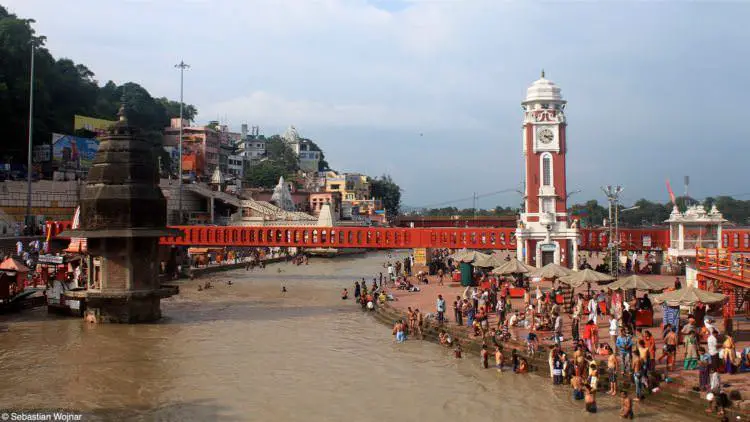
How to experience the aarti
To get the most out of the experience, you’ll want to follow a few basic recommendations:
1. Get there early
Haridwar’s Ganga Aarti has taken place nightly – rain or shine! – at Har-Ki-Pauri Ghat since 1910. The name of the ghat, whose steep steps descend into the silt-laden waters of the Ganga River, translates to “Feet of the Lord.” The lord in question is Lord Shiva, in case you were wondering!
Getting to the ghat is easy. Travelers arriving in the city via bus or train will find themselves at Haridwar Station. Right outside, hundreds of rickshaws will be waiting to take you the next leg of the journey.
The ceremony takes place in the evening, with the start time varying depending on the time of year: around 5pm in the winter months, to 6:30pm during the summer. Regardless, it is recommended to arrive an hour before the start time, as the ghat quickly fills up with worshippers and tourists.

2. Leave your shoes
Shoes are not allowed on the ghat, and you’ll be instructed to take them off and leave them at a storage area for a small fee. You’ll receive a badge from the attendant with the number of the locker where your shoes are stored.
3. Find your spot
Har-Ki-Pauri Ghat is made up of a complex of bridges and platforms, which form islands in the middle of the river. The ceremony itself takes place in the vicinity of Shi Sringeri Math Temple, which is located on the city side of the ghat. Across the Ganga, you will also catch a glimpse of a 108-foot-high statue of Lord Shiva.
I recommend crossing the bridge in order to get to the island platform. From this side you will enjoy an uninhibited view of the ceremony, though you’ll need to contend with the mass of worshippers also vying for space. Once the hour of the ceremony approaches, it’s probable that the bridge will be closed by authorities in order to prevent excess crowding.
4. Copy the locals
The ceremony is organized by the temple’s priests, one of whom will lead the congregation each step of the way. It is easiest to simply watch the locals and follow their actions, which primarily consists of chanting in praise of the Goddess Ganga and raising one’s arms to the sky.
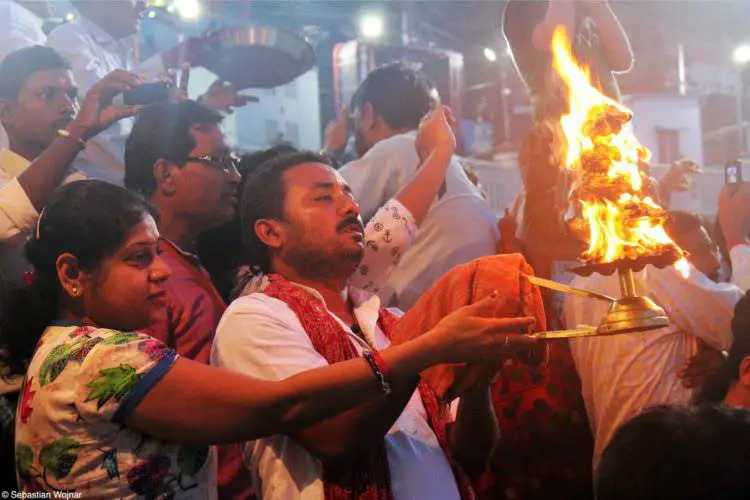
An essential aspect of the aarti is the large lanterns, which are waved in a clockwise manner by the priests on a stage overlooking the Ganga. Additionally, some of the priests will light and carry lanterns along the ghat, allowing worshippers to bring the Goddess’s blessing upon themselves by placing their hands over the flame and then sweeping their hands over their heads. You can try it for yourself as the lantern comes near you, though you may have to contend with a sea of other worshippers attempting the same.
You may also wish to buy a diya, one of the flower-filled, candle-illuminated boats that float down the river. Diyas, as well as blessings, can be obtained from one of the priests working during the ceremony in exchange for a small donation.
5. Be aware
On your way to the ghat, you may be approached by someone offering to guide you to an ideal viewing spot, or perhaps to help you get a blessing as well as buy a diya. They may just be being friendly, however it is also likely that they are hoping to make some money, either by commission or from you directly.
Proceed as your instinct and level of comfort dictates. If your newly-found guide suggests going to a priest to get a blessing, feel free to take him up on the offer. However, if you would prefer to experience the ceremony on your own, stand your ground and do not be afraid to say no for fear of causing offence.

The aftermath
The chanting stopped. Like an ocean entering high tide, the sea of worshippers began climbing up the steps of the ghat, everybody pushing past everybody else. Though a large part of the crowd dispersed into the adjacent outdoor market, many stayed behind to receive blessings which had been impossible to obtain earlier.
You’ll come out of the ceremony with a greater appreciation for the culture and rituals not only of Haridwar, but also of the importance that the life-giving waters of the Ganga represent for the people of India.
The next step, of course, is to travel to Rishikesh and Varanasi and participate in the Ganga Aartis in those cities, too!

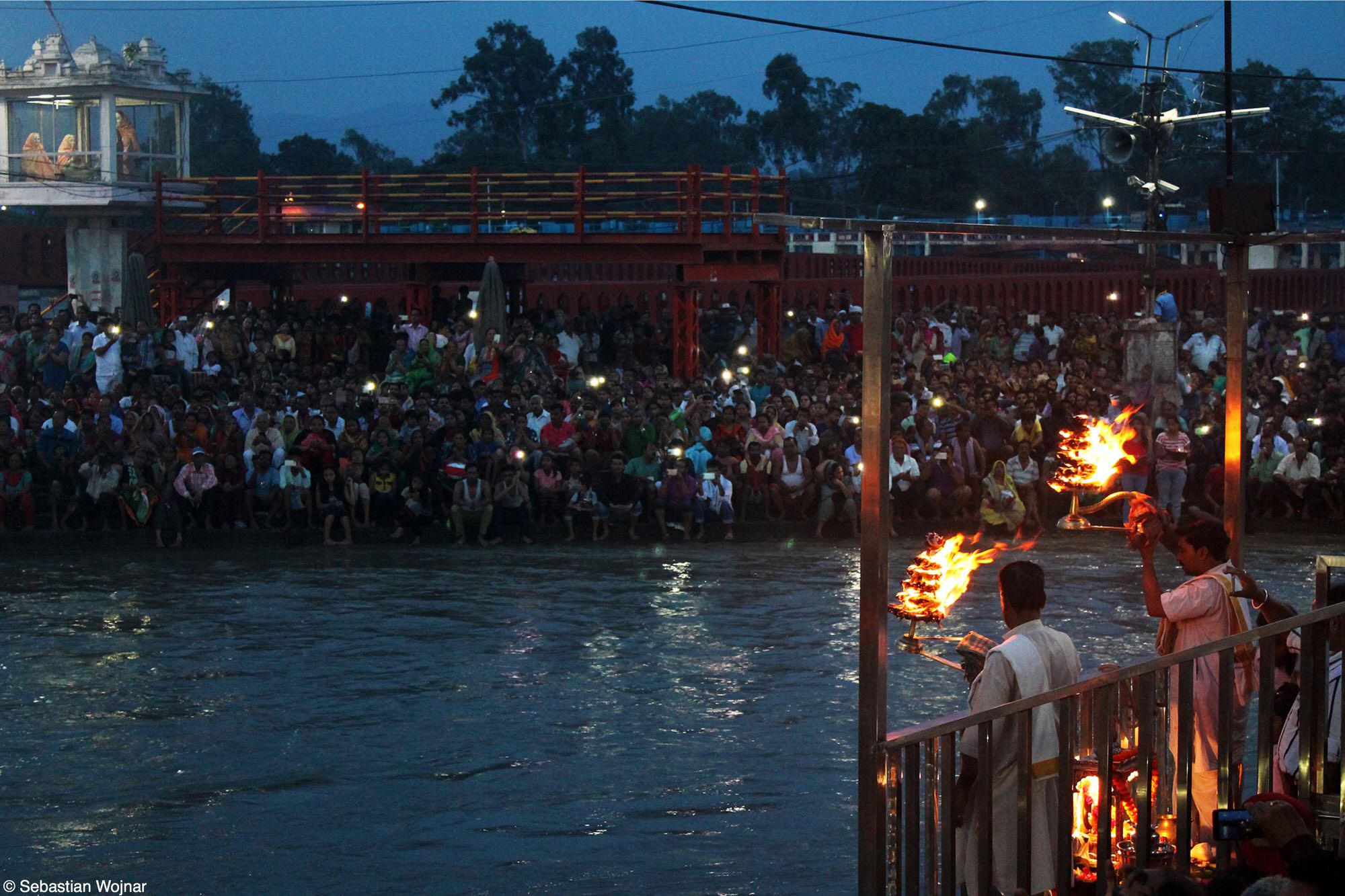
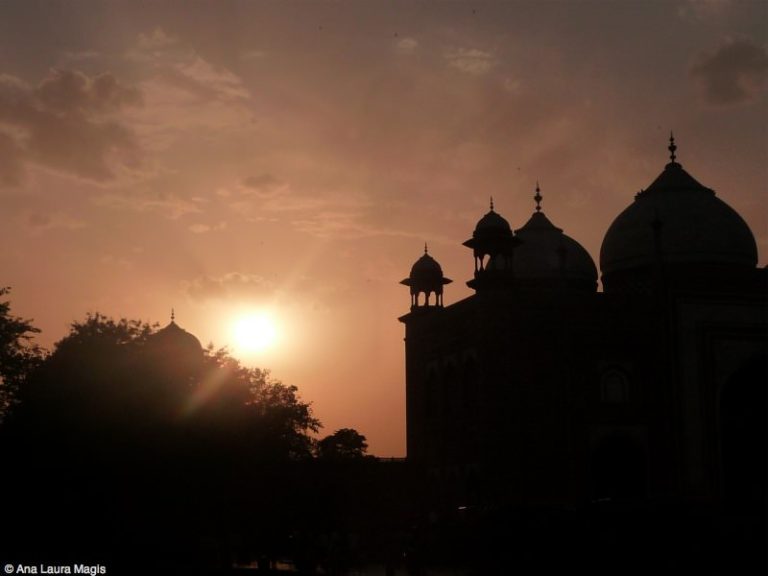
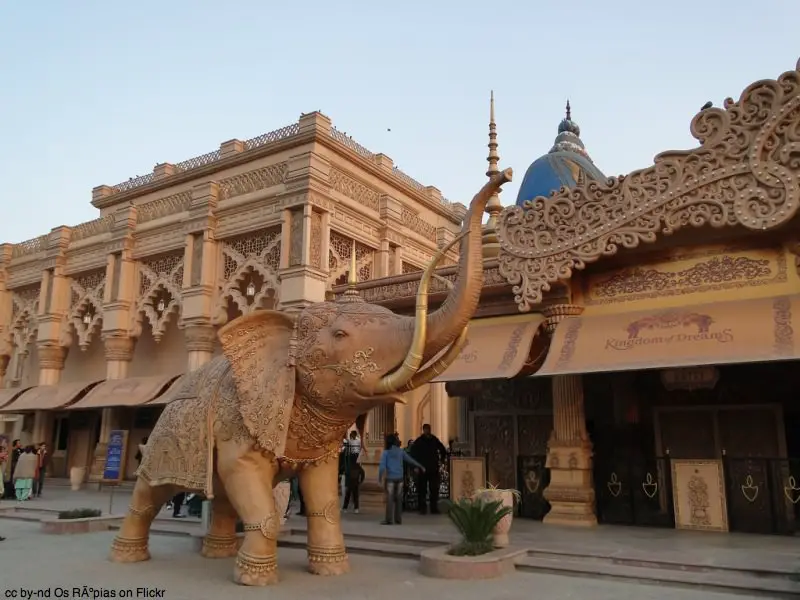
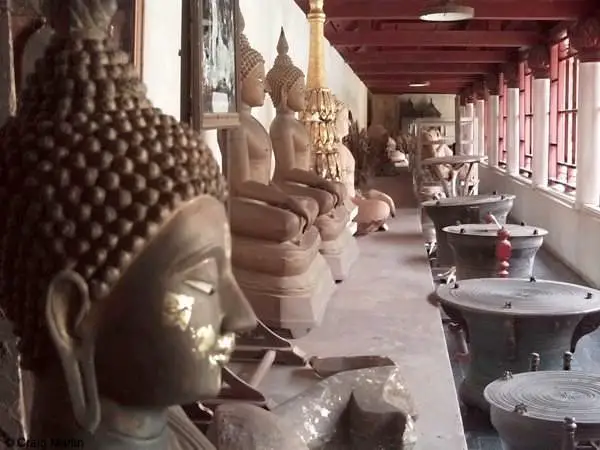
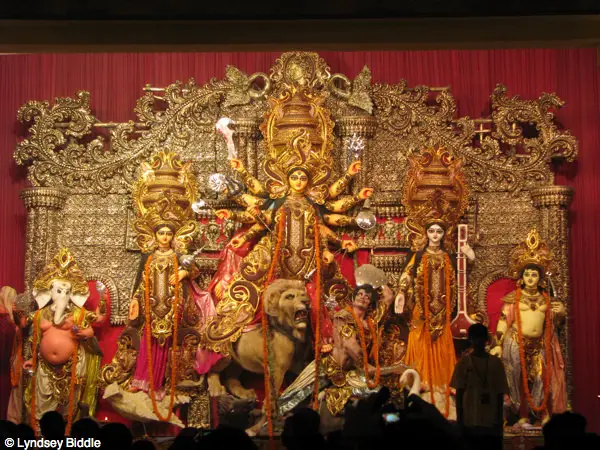
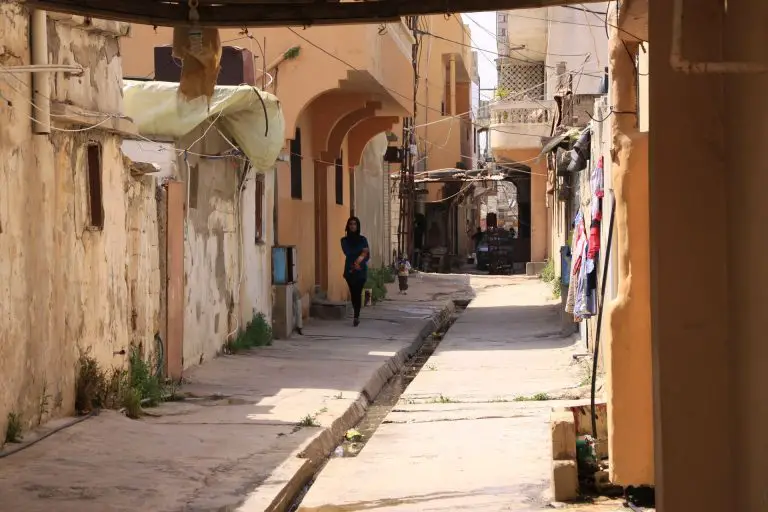
Nice information. Thanks for sharing
Haridwar is indeed a beautiful experinence !
Offering prayers at the Ghat of Ganga makes life blissful.
Shaktipeeth Digital have come up with an e-pooja service where you can feel the essence of being at Haridwar.
By availing their e-pooja booking service.
You can visit the site http://www.shaktipeethdigital.com and get your pooja done now from home.
Ganga Aarti is indeed a mesmerizing experience wherever you witness it (Haridwar, Banaras, Rishikesh or elsewhere).
Very detailed and well put information.